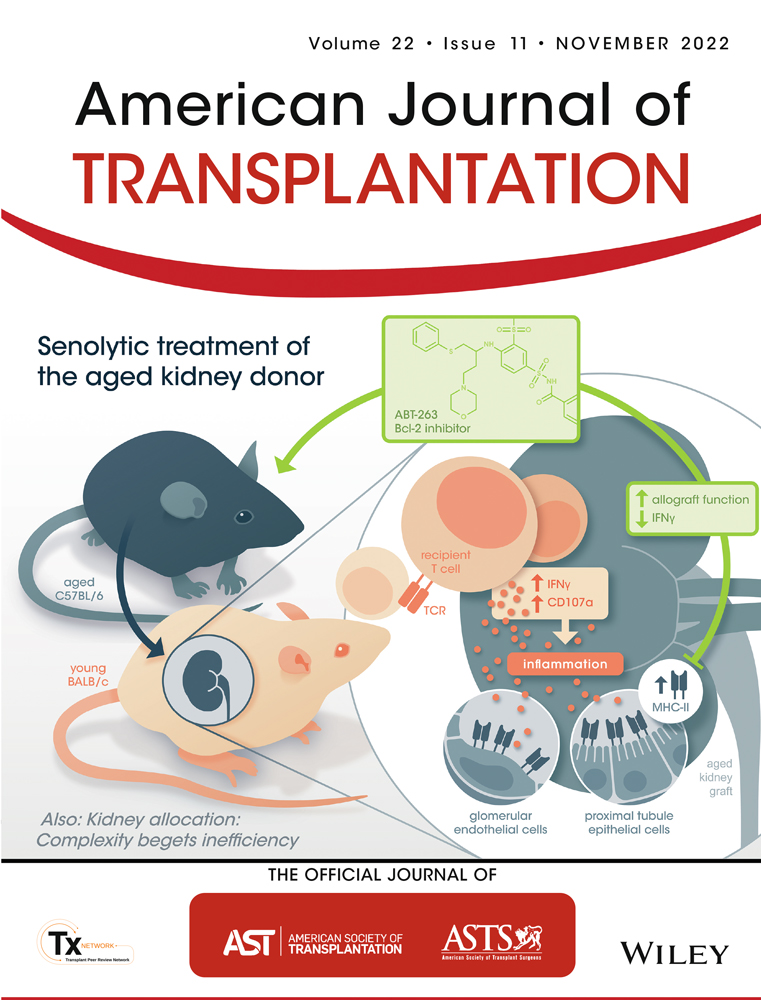The living organ donor as patient: Theory and practice
The Living Organ Donor as Patient: Theory and Practice (New York: Oxford University Press, 2022), co-authored by Lainie Friedman Ross, a pediatrician and philosopher, and J. Richard Thistlethwaite, Jr., a transplant surgeon, both at the University of Chicago where they are affiliated with the MacLean Center for Clinical Medical Ethics, among other affiliations, should become the gold standard for the ethical examination of living solid organ donation.
The authors describe their approach as using “analytical moral philosophy in a way that is responsive to the clinical facts and the social and historical context with the aim of creating a morally sound, clinically useful book that provides guidance in transplant practice and policy development and refinement” (p. 16). They succeed admirably. Their work is well grounded clinically—it provides a reliable portrait of the clinical and medical realities in transplantation using living donors. And it is well informed about the relevant policies and laws as well as the larger social and historical context of the practice of living organ donation. It is detailed and thorough. It helpfully uses cases to ground and illuminate the discussion. Finally, the book's 5-principle ethical framework helps the reader keep the forest in view along with the many trees described by the authors and guides the discussion of issues and cases.
The book's ethical framework draws three ethical principles from the long-standing framework in the United States for research involving human participants, as expressed in the late 1970s Belmont Report of the National Commission for the Protection of Human Subjects of Biomedical and Behavioral Research. These principles are Respect for Persons, Beneficence (including what is often called Nonmaleficence), and Justice. Ross and Thistlethwaite add two other principles: Vulnerabilities, which focuses on the potential vulnerabilities of prospective living donors and on ways to address these vulnerabilities to ensure voluntary informed consent, and Responsibility, which focuses on the special responsibilities created by special relationships.
The co-authors' overall claim is that living solid organ donation and transplantation can be ethical within limits or, stated differently, it is ethical in principle or in general even though some specific applications are unethical. The key to satisfying the above ethical principles in living organ donation is to view and treat prospective and actual living organ donors as patients, just as organ transplant candidates are patients. Hence, policies and practices of living organ donation and transplantation must always respect and treat the prospective and actual living donor “first and foremost, as a patient in his or her own right” (p. 9). This means that the transplant community has special moral obligations to prospective and actual donors. One implication, according to Ross and Thistlethwaite, is the importance of the living donor advocate or living donor advocacy team for addressing vulnerability threats to the potential donor related, for example, to his or her physical or psychological well-being and to his or her right if competent “to determine what is in his or her best interests” (p. 374). This framework also rules out such practices as buying and selling organs or using imminently dying patients as donors because these practices transgress moral limits.
One of the co-authors of this book, Laine Ross, is also the co-author with the late Robert M. Veatch, an ethicist, of the second edition of the major book Transplantation Ethics (Washington, DC: Georgetown University Press, 2015). While Transplantation Ethics concentrates on obtaining and allocating organs from deceased persons and devotes only one chapter to living organ donation, this new book provides a most welcome, illuminating, and comprehensive examination of the ethics of living organ donation. It deserves careful and thoughtful attention.




